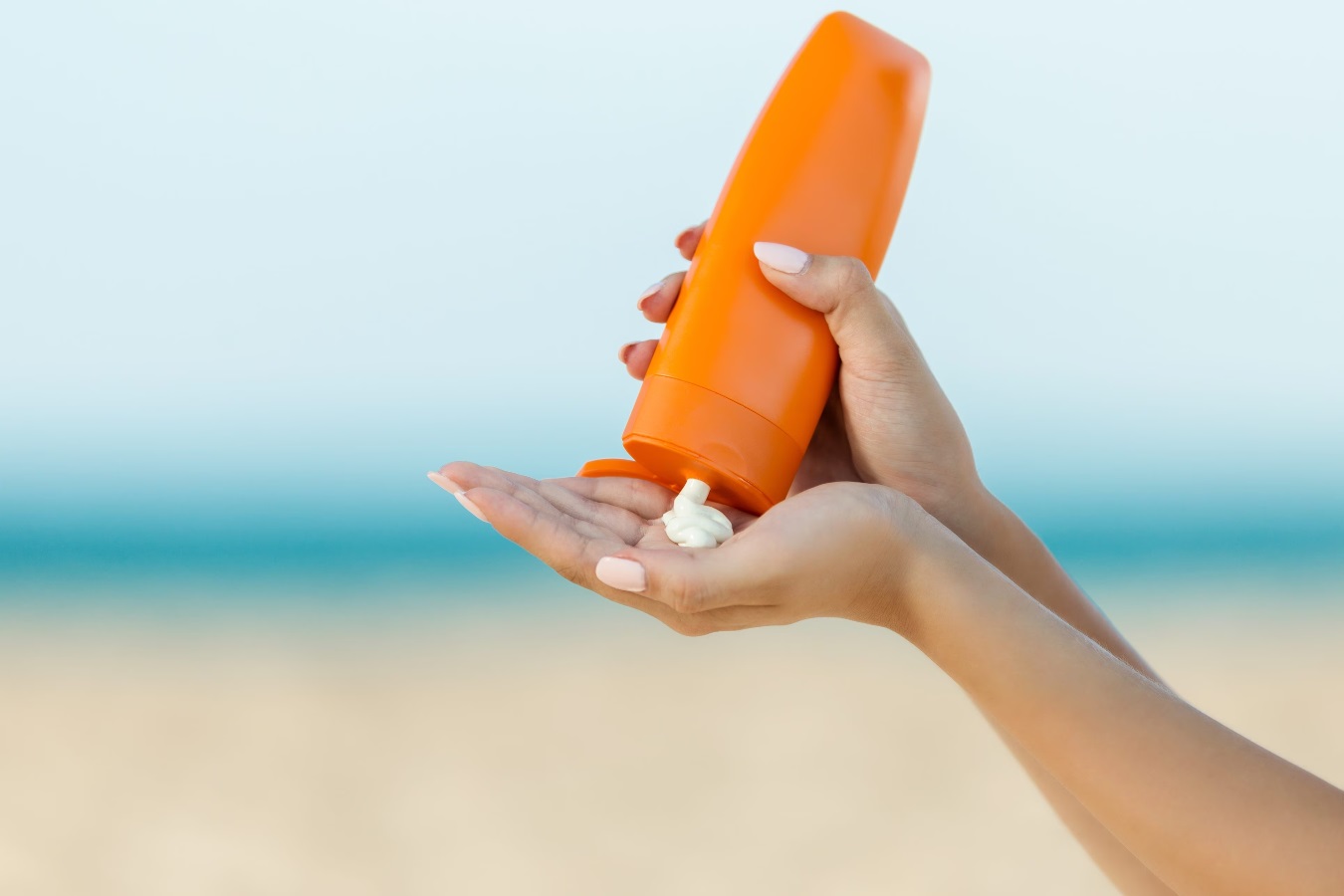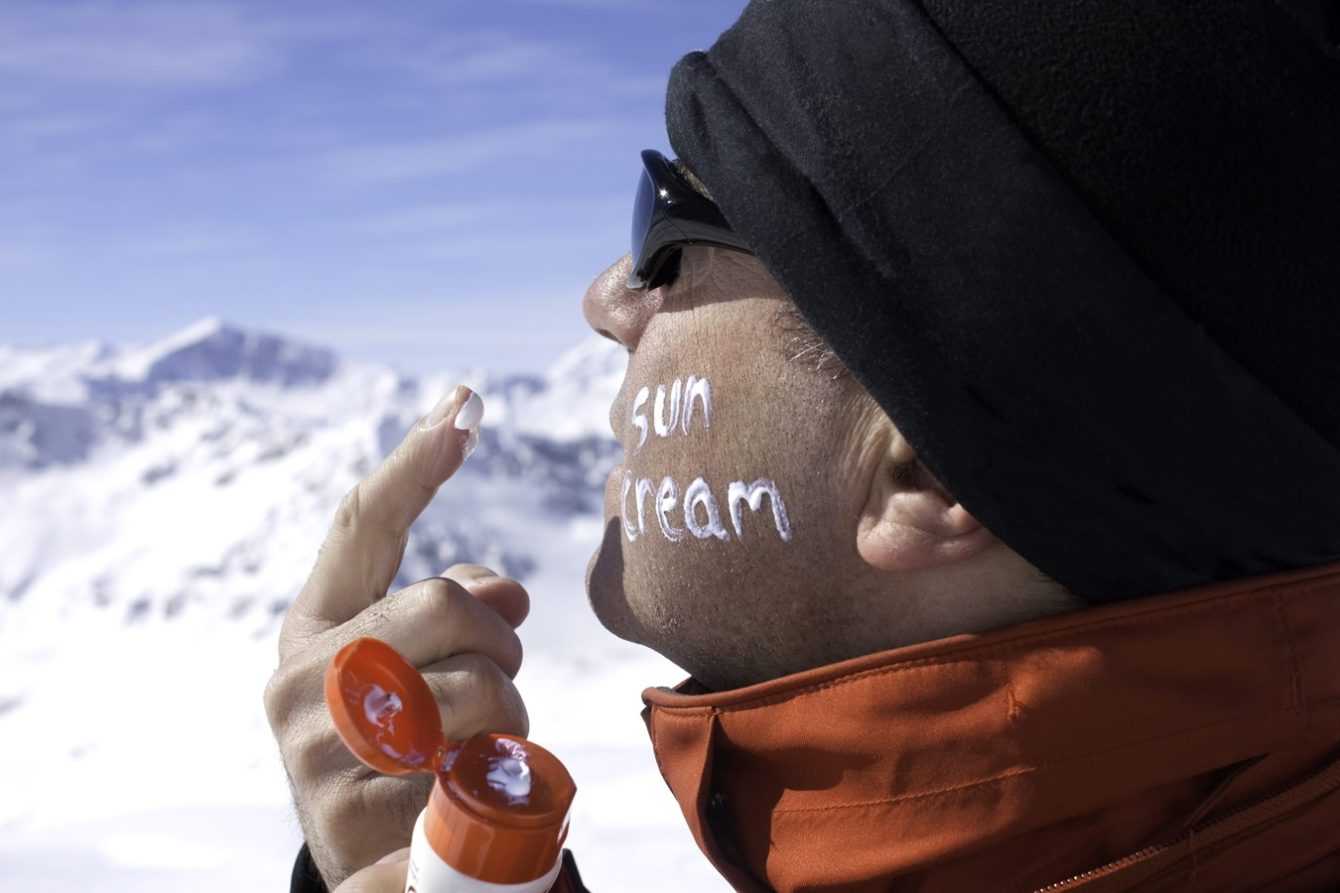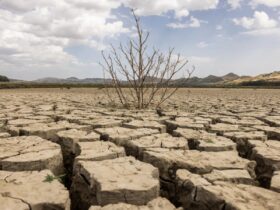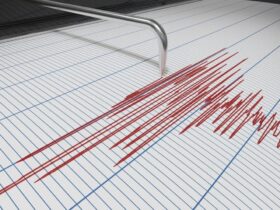Some recent research has found traces of sunscreen in Arctic snow. Let's go into the details of these important studies
Recent research conducted by a team of scientists fromCa' Foscari University of Veniceof the Cnr-Isp and of theUniversity of Svalbard have revealed traces of chemicals linked to the UV filters of sunscreen in the snows of the Arctic. Exactly, such traces were found in glaciers in the Svalbard archipelago. Published in “Science of the Total Environment”, the study highlighted that the highest concentrations of these contaminants occur during the winter months, when darkness envelops the area. These contaminants are part of a category known as Chemicals of Emerging Arctic Concern (CEAC). They have been monitored by the program for some time Arctic Monitoring and Assessment Programme to assess the impact of pollution in the Arctic and provide data to policy makers. The primary sources and transport processes of these compounds remain unclear, and many are not yet internationally regulated.


Sunscreen in the Arctic snow: what are the implications?
The researchers analyzed 13 typical ingredients of personal hygiene products, including UV filters such as benzophenone-3. During the spring of 2021, they were picked up 25 snow samples from different depths and locations. The results showed that, with the exception of one glacier, UV filter concentrations were higher in winter snow than in other seasons. This suggests a significant role of long-range atmospheric transport. In particular, during the end of winter, the air currents from Eurasia carry these contaminants to the Arctic. Since sunscreen is not used during the polar night in Svalbard, it is assumed that the highest winter concentrations of UV filters come from populated regions at lower latitudes. Marianna D'Amico, researcher in polar sciences at Ca' Foscari University of Venice and lead author of the study, said:
For the first time, numerous contaminants have been detected in Arctic snow, including benzophenone-3, octocrylene, ethylhexyl methoxycinnamate and ethylhexyl salicylate.
Despite the alarming implications of the presence of sunscreen in Arctic snow, research of this kind is critical to pinpointing the presence of these pollutants and tracing their source. This will allow the development of targeted monitoring strategies safeguard the Arctic ecosystem.
Continue reading techgameworld.com so you don't miss the latest science-themed content, but not only that. Follow all the updates!
















Leave a Reply
View Comments